A Tale of Two Main Streets
Strong Towns member Arian Horbovetz blogs at The Urban Phoenix. Today's article is republished from his site with permission.
Genesee Street, Utica, NY
I don’t like pitting cities against each other. Every city has elements to be proud of, as well as unfortunate scars that cut deep into the urban fabric. Trying to say “this city is better than that city” without context or history is completely unfair. What we can do is look at two cities of similar populations to see how one has set itself up for success in a specific area while another might be slow to adopt the same success.
Today I had yet another conversation about Genesee Street in Utica, New York with someone who claimed that the city’s “main drag” didn’t need a street diet, or a reduction from 4 lanes to 2 and perhaps a turning lane. Street diets have been applied across the country in areas where the traffic count doesn’t justify more than one lane each way. These projects have been shown to increase walking, biking and even economic growth along the affected corridors. They also make streets safer for pedestrians by slowing traffic and shrinking the distance pedestrians have to walk to cross the street.
But a street diet isn’t an easy sell. In a car-dominated society, citizens often believe that street diets will cause traffic jams and other issues, though the evidence points to the contrary.
Let’s look at Schenectady, New York, a city with a population similar to that of Utica. Schenectady’s downtown is based around State Street, a two-lane street densely lined with businesses, a historic theater and an abundance of pedestrian friendly space. State street has a traffic count of 11,200 per day, and two lanes is all it takes to move those cars along at a relatively reasonable speed. As a result of having a narrow street, the sidewalks are huge, with room for trees, benches, bike racks, narrow crosswalks and attractive additives.
Meanwhile, Genesee Street in downtown Utica features between 8,500 and 10,000 cars per day — less than State Street in Schenectady — and yet Genesee is the one with 4 lanes! As a result, there is far less room for pedestrian and cycling amenities that give character to a walking experience in downtown. While Utica is making some solid strides, a street diet would be an ideal way to create a fertile soil for vibrant growth along Genesee.
Imagine what all of our streets could do with an extra 22 feet of usable space for pedestrian infrastructure and nuance, bike lanes, pop up retail, outdoor patio space for restaurants… the possibilities are endless.
And street diets don't have to impede traffic flow either. State Street in Schenectady sees 11,200 cars with 2 lanes of smooth-moving traffic. Genesee Street in Utica has just 8,500 cars passing through each day on 4 lanes of traffic that make the pedestrian experience less welcoming and less safe overall.
Over in Rochester, New York, population: 200,000, the city just put Main Street “on a diet,” taking it from 4 lanes to 2 with a turning lane, as well as bike lanes. Like Genesee Street, Rochester’s Main Street in downtown handles about 8,500 cars per day. This diet will lead the way to a better overall pedestrian and cycling experience, and Main Street businesses will be better for it
And finally, for those who believe you can’t have a flourishing small business culture without high traffic counts, check out one of Rochester’s most beautiful and organically vibrant destinations, Park Ave, above. This narrow, meandering little street is home to an annual festival, as well as restaurants, artists and shops of all shapes and sizes, most of which are locally owned.
The traffic count on Park is a tremendously low (2500-5800 cars per day) giving room and comfort to those who traverse its diverse array of shops and homes on foot. It is one of Rochester’s most iconic neighborhoods, yet car travel is comparatively sparse… and the area is organically vibrant as a result.
Utica must get serious about a lane reduction for Genesee Street. Other cities are adopting this adaptation with very positive results, not just in New York but across the country. For a city that could use a shot in the arm, this just might be the trick.
(All photos courtesy of Arian David Photography)


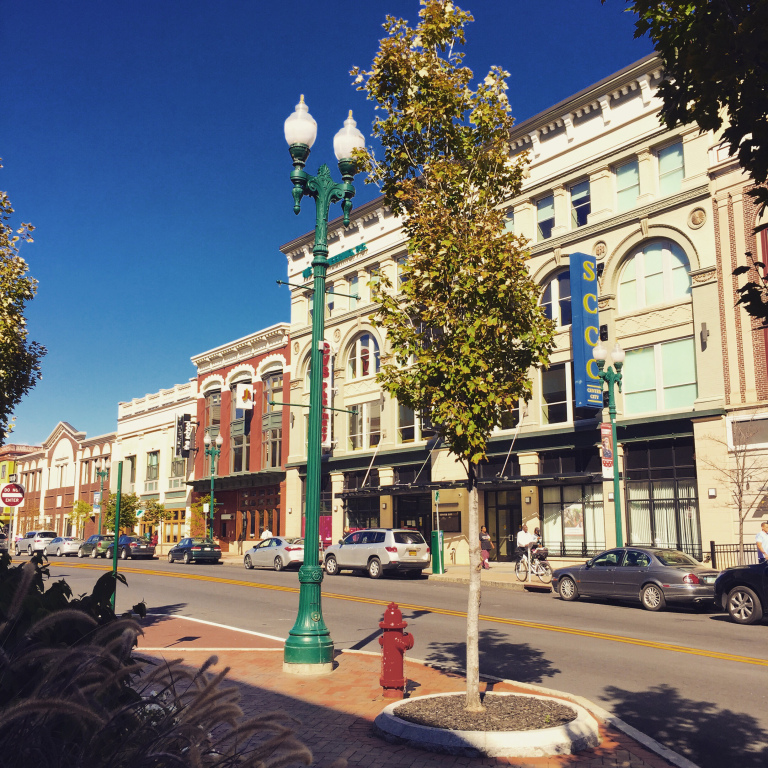
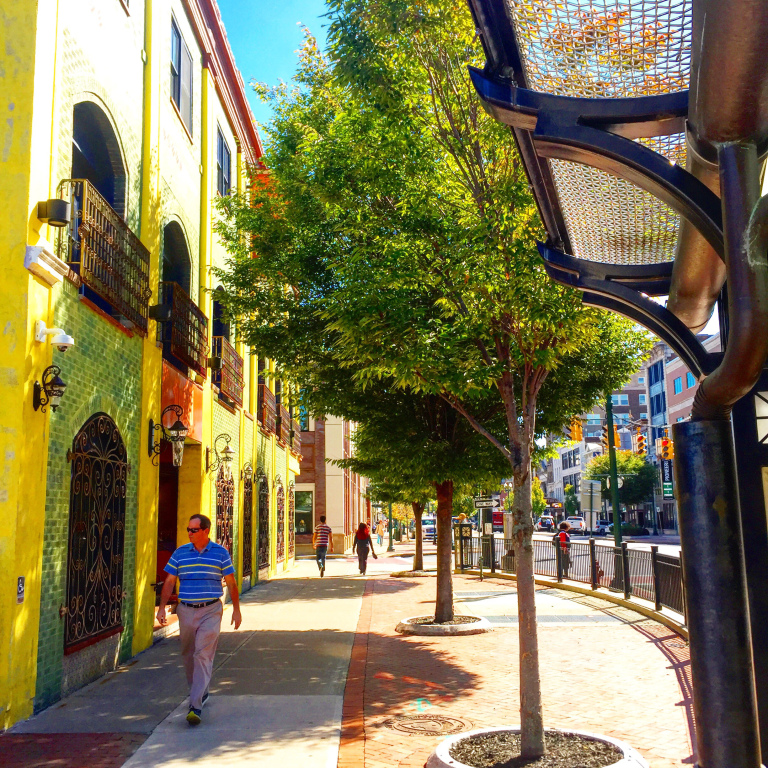
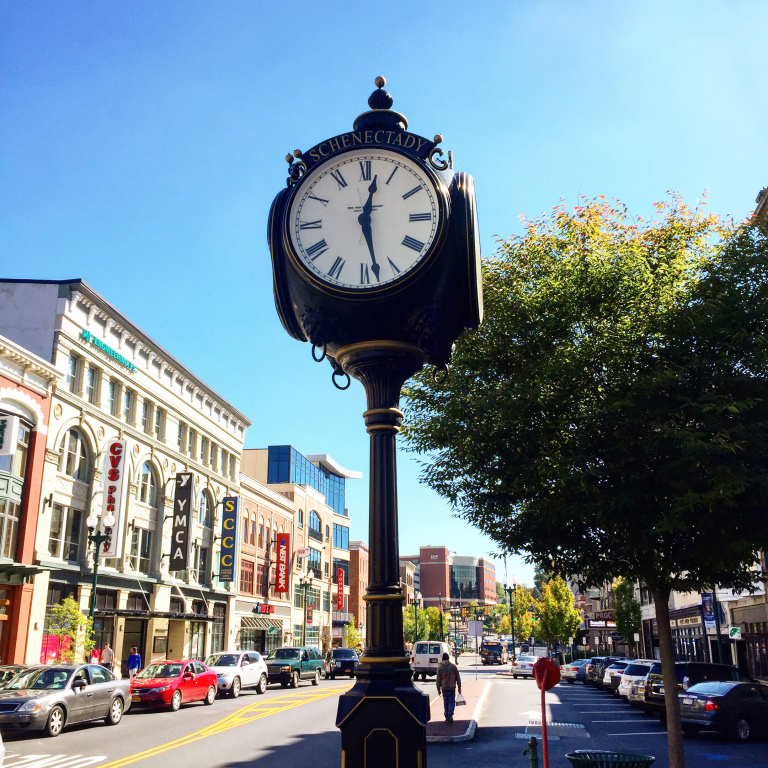
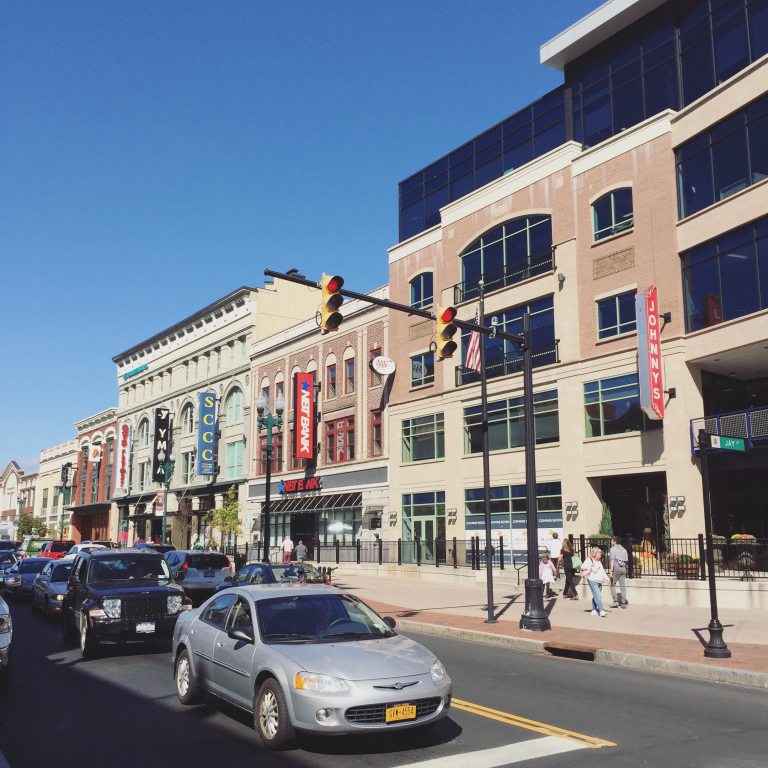

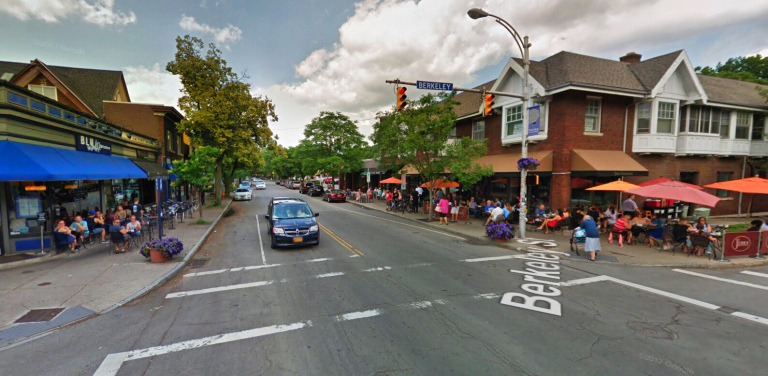
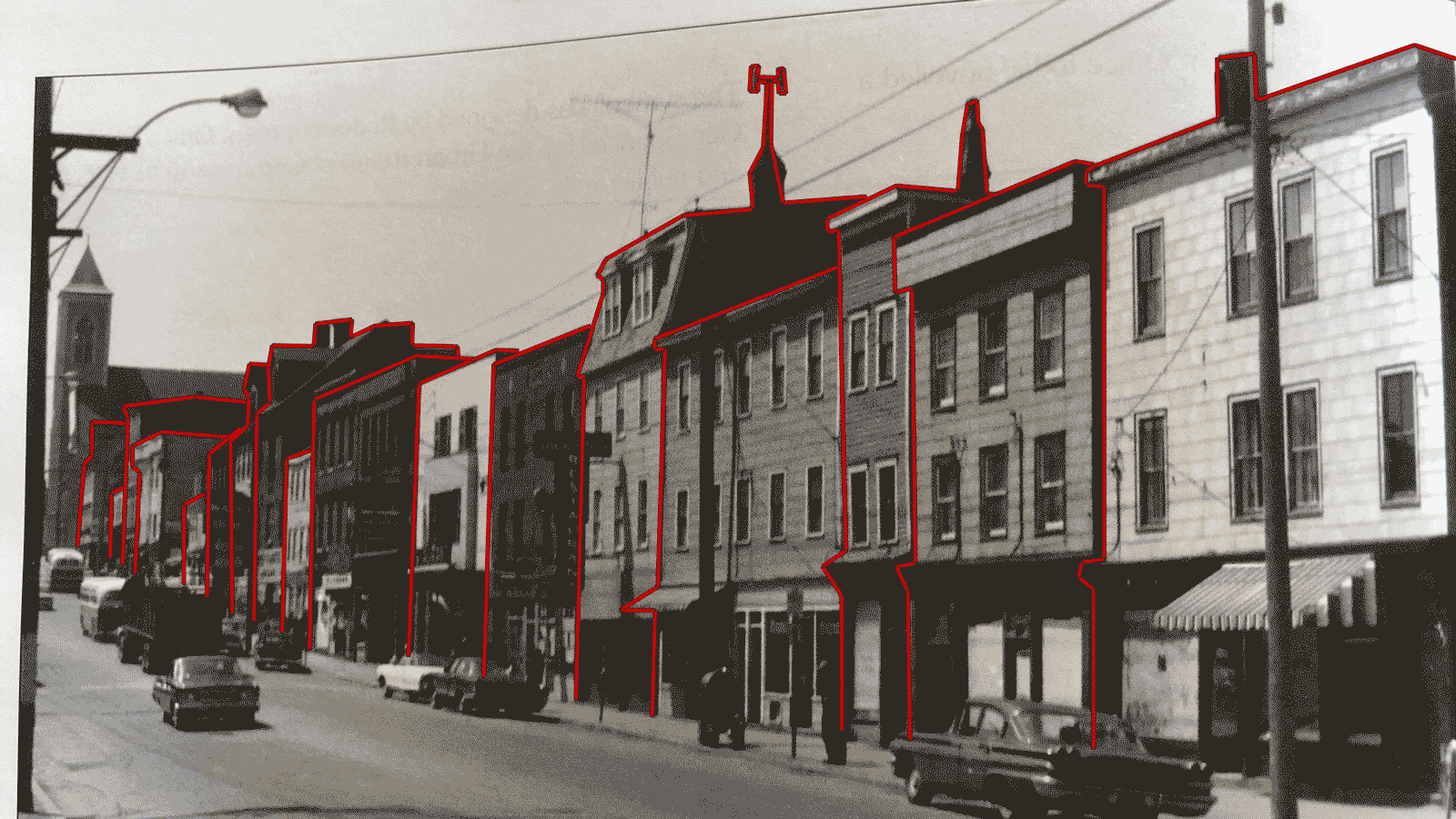


Local activists in Selma, NC, started small, but they’ve grown into a coalition of citizens, civic groups, and city leaders striving to improve housing, transportation, and the local economy.